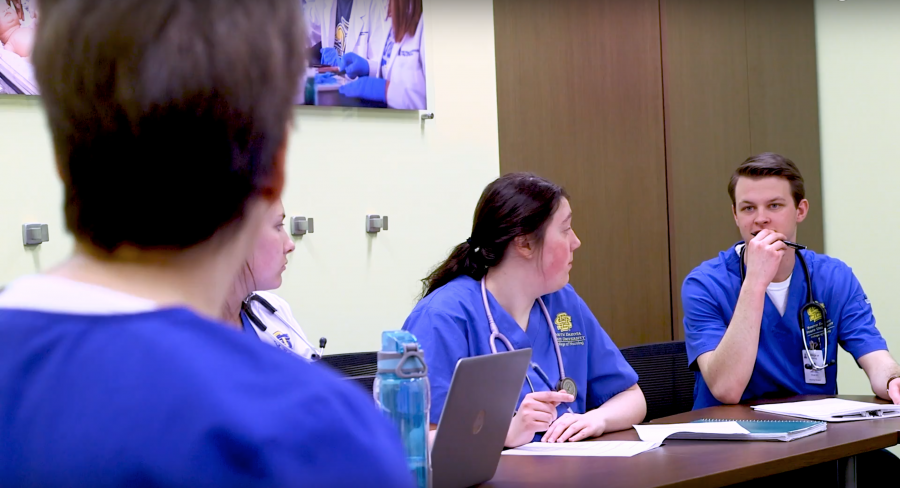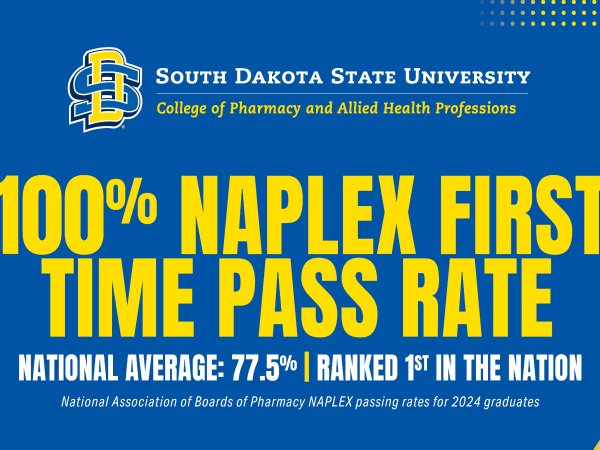The United States is seen by some to have a medical culture devoted to cures, but how comfortable are medical professionals when curing a sickness is no longer an option?
This is the question asked by South Dakota State researchers in the development of Comfort with Communication in Palliative and End-of-Life Care (C-COPE), a first of its kind tool in gauging the comfort of nurses in speaking to patients and their families about terminal sickness.
“The work led by Dr. Mary Minton and Dr. Mary Isaacson is critically important,” said Nancy Fahrenwald, dean for the College of Nursing.
Fahrenwald has first-hand experience with the importance of palliative care as a practicing nurse in southeast Africa from 1993 to 1995.
“The AIDS epidemic was just becoming a reality,” Fahrenwald said. “There weren’t materials or resources and people didn’t know how to talk to patients about what was happening to them.”
The pilot test of the C-COPE instrument suggests it is a reliable and valid measurement tool, but further testing with a larger and more diverse sample is required.
Funded by the Hospice and Palliative Nurses Foundation, C-COPE was co-developed by Minton and Isaacson; along with help from Patricia De Rosa, public health and health outcomes data analyst, and Research Coordinator Shana Harming.
C-COPE surveyed more than 200 rural and urban nurses in eastern South Dakota. It gauged them on their comfort level in conversations ranging from end-of-life care to speaking with people from different cultural backgrounds, as well as pain relief without the possibility of a cure, otherwise known as palliative care, De Rosa said.
The study found rural nurses to be more comfortable in discussing palliative and end-of-life care, Minton said, but both groups had issues discussing spiritual and religious concerns, as well as conversing the topics with people from different cultures.
The findings, she said, weren’t surprising.
Despite 10 years passing since the study “Dying in America: Improving Quality and Honoring Individual Preferences Near the End of Life” was released, communication is still one of the “biggest barriers” faced when dealing with the terminally ill, Minton said.
“We still have a lot of work to do in guiding nursing students and practicing nurses in how to gain more comfort and take initiative with these important conversations,” she said.
Once all steps of C-COPE are completed, Fahrenwald said the lessons learned can be translated into simulations of patient interactions for students, including scripted scenarios in which they deal with these difficult topics.
Right now, though, gathering funds is the main focus of Minton and her associates, and a timeframe for future testing of the survey is up in the air.
“Hopefully it won’t take more than a year,” Minton said. “Once we get funding, we need to recruit a sample, so it does take a little bit of time.”



















